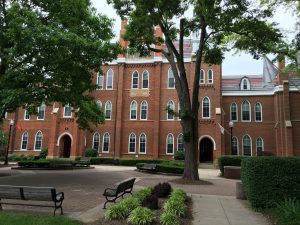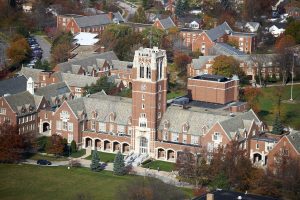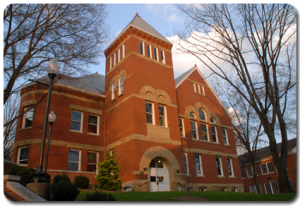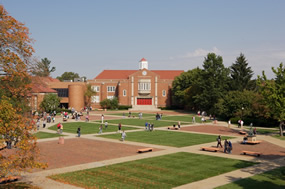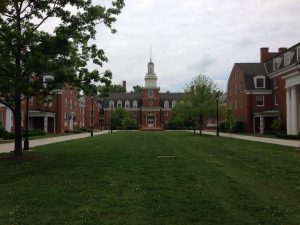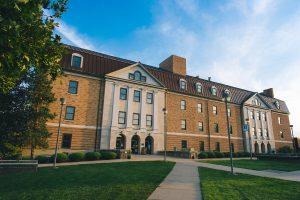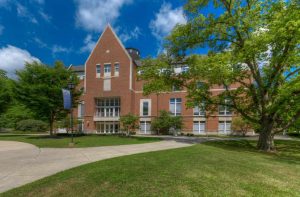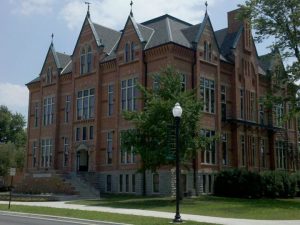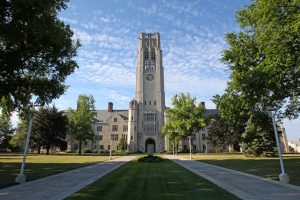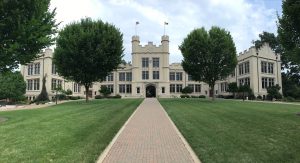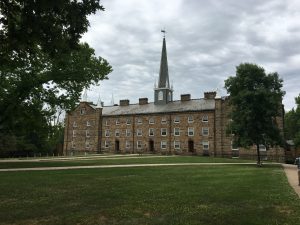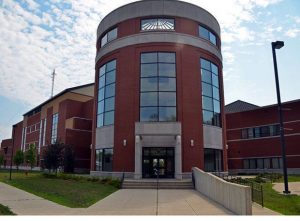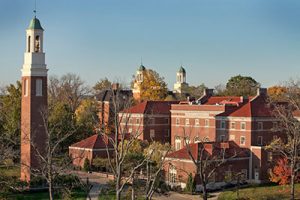
We are now within three weeks of the start of fall semester, 2020. Soon we will learn how each college has decided to begin their fall journey – full face-to-face learning (at least for some classes), full online learning, or some hybrid approach that might include a late start, early finish, blend of online and face-to-face, or even a plan rotating students in small numbers in alternating face-to-face classes. Anyway you slice it, most colleges are one campus coronavirus outbreak away from defaulting again to full online delivery.
Other questions remain. What will campus life be like? How will residence halls respond? What happens when, inevitably, students test positive for Covid-19? Will they be isolated or sent home? What about sports? Will sports be played and, if so, under what conditions? What will the role of Covid-19 testing be and who will pay for it? The list goes on.
Equally important – will students be returning to college? We will learn how new student recruitment and existing student retention played out. This is mission critical for many Ohio colleges who rely heavily on tuition income in order to operate. The importance of enrollment and the resulting tuition income is a big deal to the many Ohio colleges with small endowments made up mostly of restricted funds – think savings account with most of the money already dedicated to a specific use.
Colleges have already cut budgets to the bone and this summer we even saw staff and faculty reductions at most Ohio institutions. Even public colleges like the University of Akron, Ohio University, and Wright State University saw significant staff and faculty reductions along with other budget cuts. What happens if enrollment drops even further?
So, against the backdrop of so many questions and uncertainties what should you be expecting? Well, in the interest of throwing something against the wall to see if it sticks, I have a few “shot in the dark” predictions for Ohio’s 4-year residential colleges for you to consider. Let’s get started.
- Most Ohio residential 4-year college campuses will initially re-open with an attempt at some form of face-to-face instruction and residence life. The many Ohio colleges struggling financially and will at least give opening a shot. An upfront announcement of a return to online instruction would most likely reduce enrollment, completely eliminate any chance for ancillary income sources, and precipitate a potentially debilitating financial outcome. Most won’t go there. At least some classes will actually meet and some students will be housed and fed.
- Covid-19 breakouts will occur and many colleges will then return to pure online instruction and close campuses. Some, however, may attempt to isolate infected students, trace, and attempt to carry on at some level…at least for awhile.
- Enrollment will decline for over 2/3 of Ohio’s colleges if not more. Many students will opt to stay at home and take community colleges courses or take a gap year. Selective colleges will do better but go deeper into their applicant pool. As applicant pools flatten downstream, the least selective colleges will suffer the most.
- Most sports will be cancelled, delayed into the spring, or played under significantly restricted conditions. Virus outbreaks will halt seasons or other wise disrupt play.
- A few small, private, poorly funded colleges will not make it and will close permanently by the end of the academic year.
I consider myself an optimistic person, particularly around higher education. However, I believe that the general public’s understanding of the degree of damage this unique SWAN event is reaping upon Ohio’s 4-year residential colleges is underestimated. Covid-19 has accelerated many trends already progressing albeit more slowly than now. Over the prior years, the decline of high school, college bound students in Ohio has conspired to financially pressure many Ohio colleges, particularly small, private, underfunded ones. Covid-19 has accelerated and compounded the financial devastation and some will not survive. I will keep my fingers crossed and hope for the best. Here’s to hoping our students return to their college campuses this fall and enjoy prosperity and health.
About the Author: After touring 60 of the best colleges in Ohio and exploring the myriad of majors, minors, certificates, and workforce development programs in the state, Dr. Jay, a prior faculty member and dean, founded College Bound Advantage (CBA) – a Columbus, Ohio college consulting firm. CBA specializes in helping families optimize college selection around 18 “fit factors” and helping students clarify co-curricular and major options while exploring colleges that specialize in them. CBA also specializes in helping students who want to explore non-traditional educational options that do not require a 4-year college degree. Finally, CBA works with students who started college, but found that, for any number of reasons, it was not for them. College Bound Advantage serves all of Ohio including Cleveland, Akron, and Cincinnati metro areas. Check us out at www.collegeboundadvantage.com or check out what we can do for you here: https://www.youtube.com/watch?v=J6SSjHp8n98









